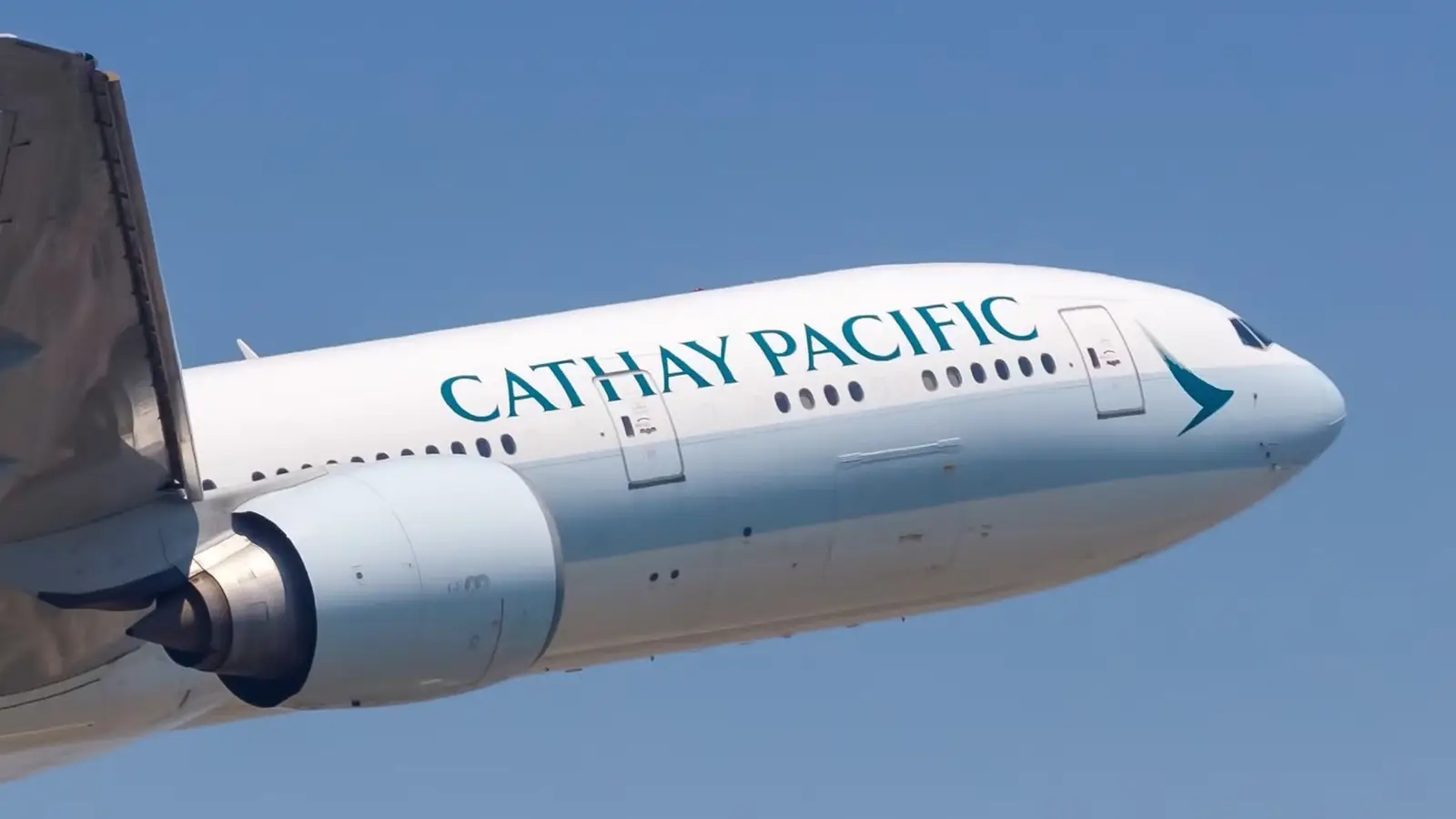
Hong Kong-based flag carrier Cathay Pacific is preparing to mature its newly launched routes and use additional partnerships in order to reach emerging markets, the two key elements of the carrier’s 2026-2035 fleet expansion efforts. The dual-brand strategy, which combines Cathay Pacific with the low-cost HK Express, targets demand from both mainland China and international markets. Management commentary has indicated that some newer routes currently remain unprofitable and could take up to 18 months to mature.
A standout destination on the carrier’s list is Riyadh, to which flights will be rising from four times per week to daily starting on October 26. Long-haul growth will align with Hong Kong’s hub-and-spoke system, and it is planning on serving several growing markets through partnerships, such as Dallas/Fort Worth International Airport (DFW), where the airline’s partnership with American Airlines improves Latin American connectivity. Currently, the airline’s fleet contains active Airbus A330s, Boeing 777-300ERs, Boeing 777-9s, Airbus A330neos, and Airbus A350Fs starting in 2028.
Network Expansion Efforts Target New Kinds Of Markets
Cathay Pacific’s network expansion playbook blends disciplined route maturation with targeted partnerships that the company hopes will drive demand. In the near term, the company is looking to nurture recent route launches, accepting up to 18 months for new long-haul services to turn profitable. The airline will boost services to popular destinations like Riyadh, increasing services from 4x weekly to daily.
The airline’s dual-brand setup widens its broader coverage, with HK Express diversifying beyond Japan and into mainland China, Northeast Asia, and Southeast Asia. Long-haul network growth is tailored to Hong Kong’s role as a principal connecting hub for the airline. Several developing corridors (specifically those in Central Asia and the Middle East) will be further accessed by the airline’s partners.
The Airline Is Continuing To Develop Its Fleet
Cathay Pacific’s fleet development plan is undergoing a two-phase build-out. Starting in 2026, growth will be driven by new deliveries. Boeing 777-9 services, which are set to begin in 2027, will allow the airline to refresh and upgauge its long-haul core, followed in 2028 by Airbus A330neo services that will increase regional and medium-haul efficiency. The Airbus A350F will enter service with the airline’s cargo division, according to reports from Aviation Week.
The airline’s existing Airbus A330 fleet is continuing to age, with the carrier currently operating 40 Airbus A330s that range between 10 and 24 years old, alongside 48 Boeing 777-300R aircraft, which form the core of its long-haul capabilities. These upcoming orders will backfill aging airframes and improve coverage where hub slots appear scarce.
In the 2030s, Cathay is set to continue its fleet expansion efforts, capably folding in an additional 14 Boeing 777-9 units into its operational network. The airline’s current backlog includes 35 Boeing 777-9 units with seven order options, in addition to 30 Airbus A330neo models. Management has elected to rule out ordering regional jets, arguing that large aircraft are necessary at the slot-constrained Hong Kong International Airport (HKG).
What Is The Bottom Line?
At the end of the day, Cathay Pacific is a carrier at a strategic inflection point. The airline is deciding what kind of long-haul network strategy it wants to pursue. The airline’s interest in developing a unique route network is limited by the capabilities of its gradual fleet ramp-up.
Therefore, the question of Cathay’s growth is one of asset management. Cathay needs to find a way to most effectively deploy its dynamic fleet of Boeing 777, Airbus A350, and Airbus A330 jets now while it awaits additional units to be delivered by manufacturers Boeing and Airbus.
The geopolitical shadow that exists surrounding Hong Kong’s flag carrier will also have an impact on the airline’s network development. This is especially true on ultra-long-haul sectors that are saturated with China-oriented business traffic.



